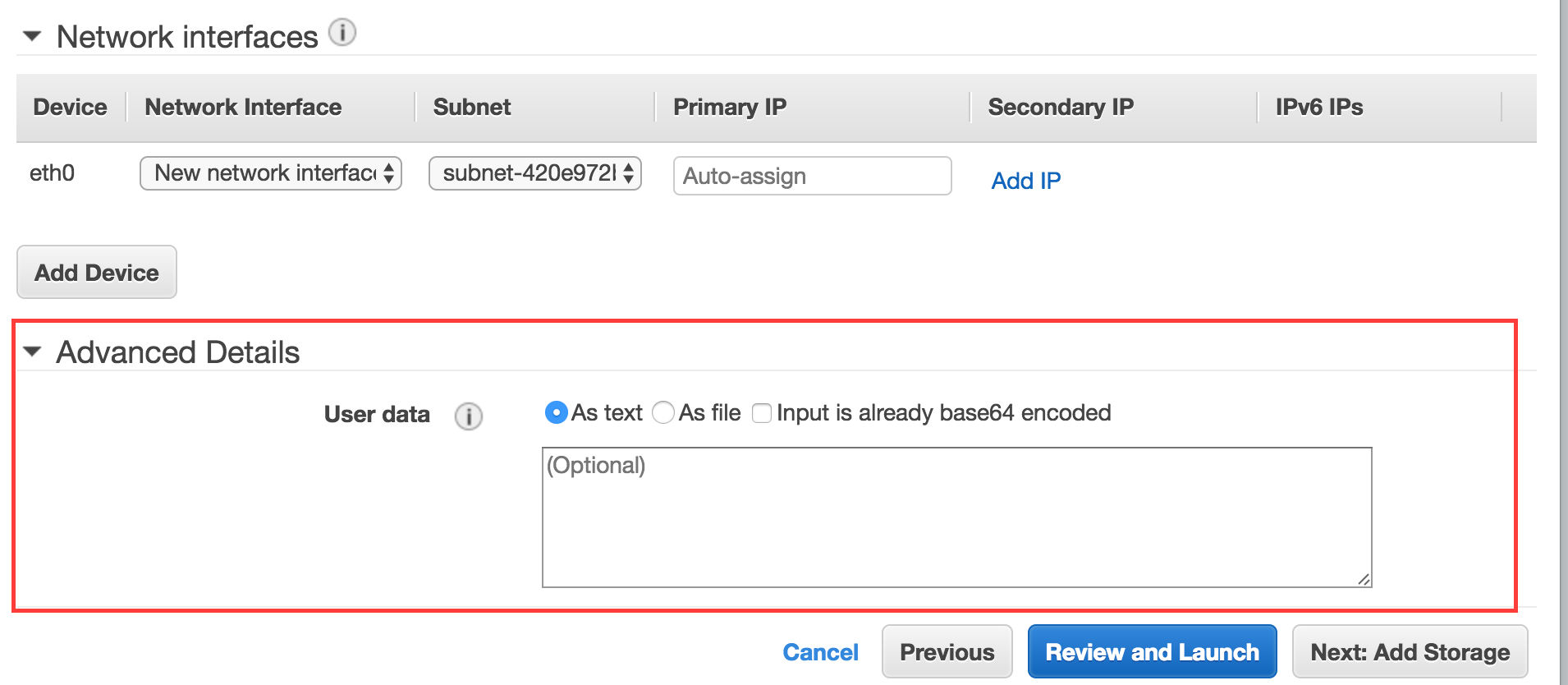AWS Organizations, How do I get Started?
Overview
In the previous blog post (see here) we took a look at AWS Organizations, what it is, what it’s comprised of and the benefits of a multi-account strategy. In this post we will take a look at how to get started with AWS Organizations by looking at a couple of ways we might want to design our Organization Unit’s hierarchy and go through the process of setting up our First OU’s and AWS Accounts. In a future blog post we will look at how we can implement an AWS Account Vending Machine to automate this process and ensure consistency across future accounts.… [Keep reading] “AWS Organizations, How do I get Started?”

